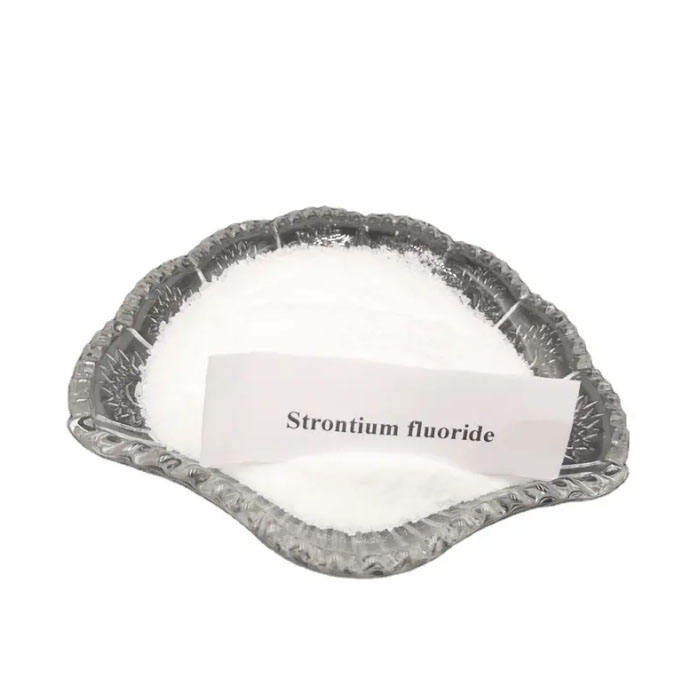



chemical used for disinfection of water
The Importance of Water Disinfection Chemicals and Their Applications
Water is essential for life, but its safety is often compromised by pathogens and contaminants. Disinfection is a critical step in ensuring that water is potable, safe for consumption, and free from harmful microorganisms. Various chemicals are used in the disinfection process, each with distinct properties and efficacy.
One of the most prevalent disinfectants is chlorine, which has been used for over a century. Chlorine effectively kills bacteria, viruses, and protozoa, making it a popular choice for municipal water treatment facilities. When chlorine is added to water, it forms hypochlorous acid, a strong oxidizing agent that can destroy pathogens at a cellular level. However, while chlorine is effective, it can produce harmful byproducts, such as trihalomethanes (THMs), which raise concerns about long-term health effects. To mitigate this risk, water treatment plants often use chlorine in combination with other methods or chemicals.
Another widely used disinfectant is ozone. Ozone (O3) is a powerful oxidant that can deactivate bacteria and viruses much faster than chlorine. Its ability to break down organic matter also helps in improving water quality. However, one of the downsides of using ozone is its short half-life, meaning that it must be generated on-site and used immediately. Additionally, the high cost of ozone generation equipment can be a barrier for some water treatment facilities.
chemical used for disinfection of water

Chloramines, formed by combining chlorine with ammonia, are increasingly used as a secondary disinfectant. They are more stable than chlorine, leading to longer-lasting disinfection in the distribution system. Chloramines produce fewer disinfection byproducts than chlorine alone, which is a significant advantage. However, they may be less effective against certain pathogens, such as Giardia and Cryptosporidium, prompting some facilities to use additional treatment methods.
Ultraviolet (UV) light is another effective disinfection method that does not rely on chemicals. UV light inactivates microorganisms by damaging their DNA, rendering them unable to reproduce. The advantage of UV disinfection is that it does not produce any harmful byproducts; however, it may not penetrate well in turbid or colored water, and it does not provide residual disinfection like chlorine or chloramines.
Innovative technologies are being explored to enhance water disinfection. Advanced oxidation processes (AOPs), which use a combination of ozone, hydrogen peroxide, and UV light, can effectively target a broad range of contaminants, including resistant pathogens and emerging pollutants.
In conclusion, the disinfection of water is a multifaceted process that plays a crucial role in public health. The choice of chemical or method depends on various factors, including the specific contaminants present, the required level of disinfection, regulatory standards, and cost considerations. As we continue to face global challenges related to water security and safety, ongoing research and development in disinfection technologies will be vital for ensuring access to clean and safe drinking water for all.
-
Why Sodium Persulfate Is Everywhere NowNewsJul.07,2025
-
Why Polyacrylamide Is in High DemandNewsJul.07,2025
-
Understanding Paint Chemicals and Their ApplicationsNewsJul.07,2025
-
Smart Use Of Mining ChemicalsNewsJul.07,2025
-
Practical Uses of Potassium MonopersulfateNewsJul.07,2025
-
Agrochemicals In Real FarmingNewsJul.07,2025
-
Sodium Chlorite Hot UsesNewsJul.01,2025










